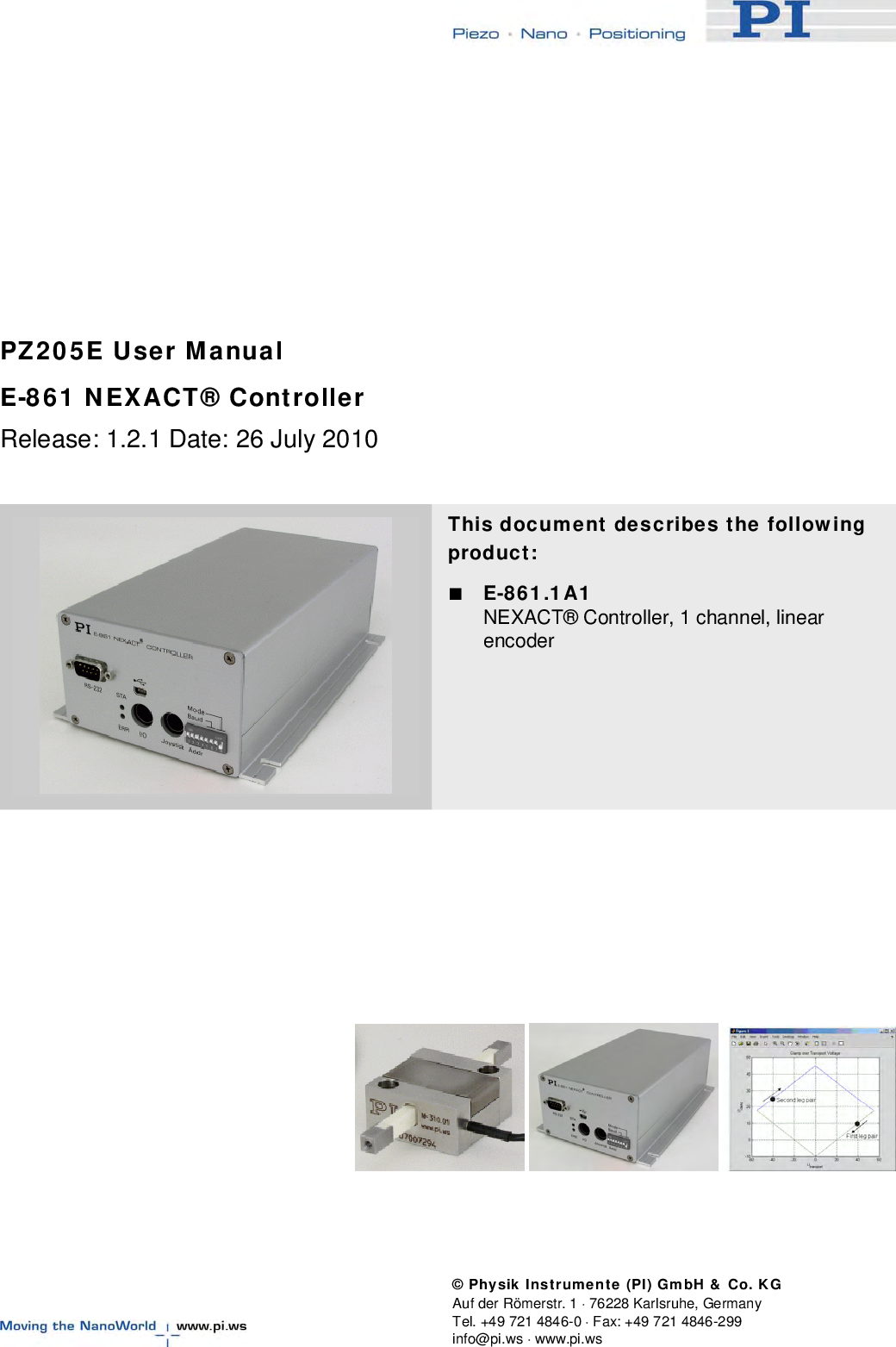- Drivers Gemac Mbh - Germany Usb Devices Adapter
- Drivers Gemac Mbh - Germany USB Devices
- Drivers Gemac Mbh - Germany Usb Devices Connected
Purpose
This section describes Universal Serial Bus (USB) support in the Windows operating system, so that you can develop USB device drivers that are interoperable with Windows.

Americas Sales and Support +1 978 250 8321. Asia Sales and Support +886 2 8227 3966. Europe, Middle East, Africa, Australia Sales +49 721 6626 444. There are reports that this Windows version causes troubles with some drivers for Bluetooth devices. To check your version number you have to press the Windows key and the “R”-Key at the same time and type “winver” into the opening text field. If your version number is lower than 1511 there might be problems with the Bluetooth connectivity.
Where applicable
USB devices are peripherals, such as mouse devices and keyboards, that are connected to a computer through a single port. A USB client driver is the software installed on the computer that communicates with the hardware to make the device function. If the device belongs to a device class supported by Microsoft, Windows loads one of the Microsoft-provided USB drivers (in-box class drivers) for the device. Otherwise, a custom client driver must be provided by the hardware manufacturer or a third party vendor. The user installs the client driver for the device when the device is first detected by Windows. After successful installation, Windows loads the client driver every time the device is attached and unloads the driver when the device is detached from the host computer.
You can develop a custom client driver for a USB device by using the Windows Driver Frameworks (WDF) or the Windows Driver Model (WDM). Instead of communicating with the hardware directly, most client drivers send their requests to the Microsoft-provided USB driver stack that makes hardware abstraction layer (HAL) function calls to send the client driver's request to the hardware. The topics in this section describe the typical requests that a client driver can send and the device driver interfaces (DDIs) that the client driver must call to create those requests.

Developer audience
A client driver for a USB device is a WDF or WDM driver that communicates with the device through DDIs exposed by the USB driver stack. This section is intended for use by C/C++ programmers who are familiar with WDM. Before you use this section, you should understand basic driver development. For more information, see Getting Started with Windows Drivers. For WDF drivers, the client driver can use Kernel-Mode Driver Framework (KMDF) or User-Mode Driver Framework (UMDF) interfaces designed specifically to work with USB targets. For more information about the USB-specific interfaces, see WDF USB Reference and UMDF USB I/O Target Interfaces.
Development tools
The Windows Driver Kit (WDK) contains resources that are required for driver development, such as headers, libraries, tools, and samples.

USB programming reference
Gives specifications for I/O requests, support routines, structures, and interfaces used by USB client drivers. Those routines and related data structures are defined in the WDK headers.
Universal Serial Bus (USB) programming reference.
Drivers Gemac Mbh - Germany Usb Devices Adapter
USB driver samples

Drivers Gemac Mbh - Germany USB Devices
Use these samples to get started with USB client driver programming.
Related standards and specifications
Drivers Gemac Mbh - Germany Usb Devices Connected
You can download official USB specifications from the Universal Serial Bus Documents website. This website contains links to the Universal Serial Bus Revision 3.0 Specification and the Universal Serial Bus Revision 2.0 specification.
